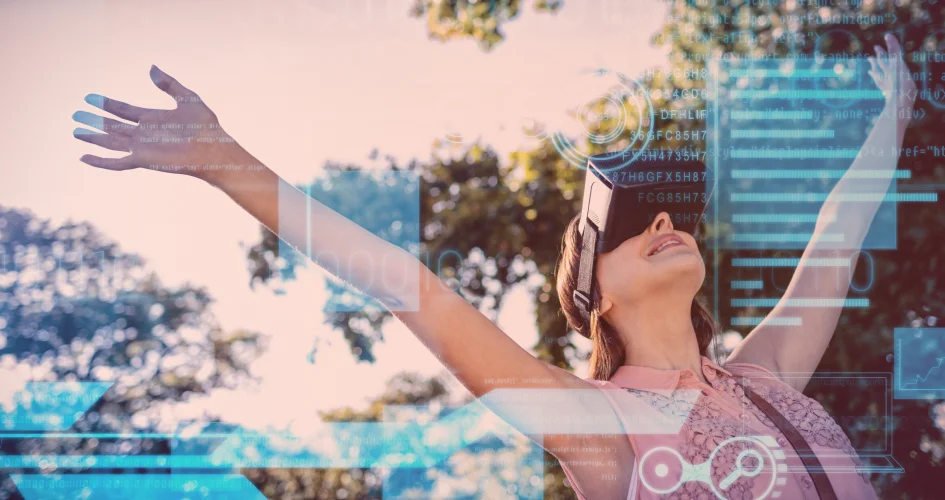The number of AR apps in the market is on a steady rise.
New apps like Seas Scan, Wanna Kicks, and Amikasa are some great examples.
Businesses are beginning to see the prospects of AR in making real-time conversions.
And, the fact that AR-based apps are fun to use in itself is a self-marketing factor!
But what makes this boom in AR apps really happen?
The answer is the growing number of augmented reality frameworks.
Developers today have an array of AR frameworks at their hands.
These development tools make their life easy by allowing them to easily integrate the latest trends in augmented reality into stunning mobile apps.
If you don’t want to miss it, now is the time to get started on one of these amazing frameworks.
Here, we have curated for you top five best-augmented reality frameworks in the development world. Check them out one by one.
Get ahead of the curve with our innovative augmented reality application development services.
Book your free consultation today and discover the possibilities.
1. Kudan
Kudan began its journey in 2014. And today Kudan has grown to become an inevitable tool in the arsenal of every AR developer.
Kudan offers some unique features for AR app development.
Kudan moves beyond the conventional sensory mechanism to inculcate what was lacking in the VR/VR technologies so far. And that is ‘artificial perception’.
As the name suggests, artificial perception is how a machine feels about its environment.
While we humans have five sensory organs to help us create a perception of the world around us.
Machines do not have ample sensory elements to get a perception.
Kudan framework solves this issue and that is why it is on top of our most relevant augmented reality frameworks.
TOP FEATURES
- Kudan combines SLAM i.e Simultaneous Localization and Mapping. SLAM is what gives Kudan the technological edge over other frameworks. It gives that sensory power to machines to understand where they are based on their motion and environment.
In AI-based AR/VR apps this is critical. As the perceptual quality of a device needs to be accurate for taking autonomous decisions. - To be exact, Kudan uses GrandSLAM, a technology built over SLAM’s long years of successful testing.
Therefore, it scores above other “sensor fusion” systems. It does this by tightly coupling the multiple sensors that Kudan offers.
- KudanSLAM makes it easy for you to work with multiple sensors that create accurate virtual representations of the real environment like the one shown below:
The final effect it has on your AR app is that it helps you to unlock the total potential of the systems you are using and hence adding to higher performance and cost reductions.
So, Kudan is one of those augmented reality SDKs that help you cut the cost of AR app.
- Unlimited map scaling, and cross-platform compatibility that is you can create both your iOS and android augmented reality app with fewer modifications.
- It is easy to combine with the cloud and the 5G network and keeps your maps up-to-date.
2. Apple’s ARKit & RealityKit
ARKit and RealityKit are today the most popular AR software development kits in iOS.
ARKit integrates the power of Apple cameras and motion features to create out-of-the-box AR experiences.
And, RealityKit, one of the latest augmented reality SDKs from Apple, works on the information provided by the ARKit.
The ARKit is an AR framework that helps in designing user experiences with 2D or 3D elements which are real-like.
It uses the iPhone’s core features like device motion tracking, advanced scene processing, camera screen capture, and display.
If you are looking for a technology that weaves AR experiences with front and rear cameras in iOS then go for ARKit.
TOP FEATURES
- RealityKit is the actual framework that creates the AR/VR experiences. ARKit just provides a conducive environment for RealityKit to work upon with good and accurate data.
In the near future, there are chances that RealityKit will come up as a standalone AR framework.
You can see above the way these two iPhone augmented reality frameworks work together.
They aid each other in creating powerful virtual experiences.
One thing the developers should note is that this framework ignores calls from Mac Catalyst.
So if you are planning to build your app with Mac Catalyst, you need to think again.
- Now if we look into the way RealityKit is built we can see that it is capable of performing multithreaded rendering.
Creating a multi-user experience is quite easy in iOS/macOS through RealityKit.
Its main advantage is that it can customize, complement and even change the scenes coming from the Reality Composer element.
The main content in RealityKit is the entities like the ModelEntity, AnchorEntity, TriggerVolume, SpotLight, PointLight, Perspective Camera, BodyTrackedEntity, and DirectionalLight.
- It lets you place audio sources and animated objects into the environment. Further, it supports LiDAR scanners and photogrammetry tools.
- RealityKit has software tools like the CLI and GUI for fast and easy conversions to USDZ. It also works along with UIKit storyboards and SwiftUI.
- It is very easy to create 2D gestures using this augmented reality framework. And being a Protocol Oriented Programming framework, tight coupling is not a problem when you code.
- RealityKit also allows synchronization across devices thus enabling group AR experiences.
3. Google’s ARCore
ARCore is an android augmented reality framework that uses APIs to make sense of the environment.
ARCore goes well with most android devices and Google has provided a list of those android devices as well.
ARCore integrates the virtual and the real using the three vital features of a smartphone’s camera: motion-tracking, environmental understanding, and light estimation.
Motion tracking relates to the relative position of the phone in the real world.
Environmental understanding helps it detect the size, location be it vertical, horizontal, angled, etc.
And, light estimation gives the surrounding current lighting data.
ARCore functions by combining two things. One, it tracks the position of your mobile device.
Two, building its perception from the real world.
It uses the ‘features’, a name given to the interesting points that a phone’s camera captures.
Then, it tracks how an interesting point moves on a time scale.
Combining the two data with the phone’s inertial sensors ARCore makes sense of the position and orientation of the phone in space.
TOP FEATURES
- ARCore lets you add augmented reality features to your existing apps. It does this by providing software development kits for many popular technologies.
These SDKs via native APIs give access to the AR features like motion tracking, environmental understanding, and light estimation. So you can modify your current app with AR features. - ARCore can be used by all types of developers. So it doesn’t matter whether it is your first AR app or in fact your first app ever. Because Google offers a 15-hour rollout tutorial into this AR framework so that anyone can learn to code with these augmented reality kits, from beginners to pro-developers.
- Cloud Anchors API allows cross-platform, multi-user experiences in Android and iOS. It also allows object and scene reconstruction using immersion, interaction, and object occlusion. So sharing group AR experiences will be a cake-walk.
In addition to it, you can make use of the many tools in the rich android ar library.
4. Vuforia
Vuforia Engine is one of the most widely used AR frameworks for development.
It supports augmented reality features for phones, tablets, and eyewear.
Vuforia Engine is the right choice for developers who are looking for native platforms like iOS, Android ,and UWP (Universal Windows Platform).
Vuforia Engine employs tracking to create ultimate augmented reality experiences. It tracks objects, spaces, and images to comprehend its outer environment and then places AR elements on it.
TOP FEATURES
- Vuforia uses Image tracking features using image targets, cylinder targets, multi-targets, and VuMarks.
Image targets include creating runtime image targets, attaching content onto flat surfaces, and creating databases in the devices.
- Vuforia uses object tracking to recognize objects by their shape. It does this by using a pre-existing 3D model of the object. It also allows object placement on surfaces like industrial equipment, vehicles, home appliances, toys, etc.
- Environment tracking features allow scanning the surroundings with the Vuforia Area Target Creator app. It can enrich commercial, public and fun areas to create beautiful augmented experiences.
- Cloud recognition service and record and playback features of Vuforia Engine are amazing. It makes recognition of large sets of images very easy. And the recording and playback of the AR sessions are easy to test with its Session Recorder feature.
Cylinder targets recognize images that are wrapped onto objects like the curved shapes of bottles, coffee mugs, etc.
Multi-targets employ more than one Image target and then place them on geometric shapes or any arbitrary surfaces.
VuMarks, the customized markers encode a range of data formats so that the Vuforia Engine can identify and track unique objects when the AR application is running.
5. Unreal Engine
Unreal Engine AR is a powerful AR framework that is capable of providing unified experiences for both iOS and android platforms.
Unreal Engine is owned by Epic games and in the world of AR game development, they have made significant contributions as well.
The Unreal Engine is known for its distinct ability to create immersive AR experiences that are unparalleled.
TOP FEATURES
- Unreal Engine’s defining feature is that the developers can make augmented reality apps for both the platforms with a single code path.
- Unreal Engine is free and hence is very cost-effective for developers. They only charge you once you begin to earn significant profits. A meager 5% fee is when an app earns 1 million dollars.
- It is an all-in-one AR framework that can perform 3D modeling, texturing, VFX, coding, animation and even testing.
- Unreal Engine has wide scope for unique quality content creation. Life-like augmented models with higher degree of detailing can be easily created with this unique software development kit.
Wrapping Up
The above augmented reality frameworks are revolutionizing the way people use mobile apps.
Newer technologies are growing every day and the metaverse is becoming reality.
As cameras with better features are becoming cheaper and readily available, the scope of AR related technologies have increased manifold.
Creating immersive and entertaining experiences is key to harnessing the strategic benefits that AR technology offers.
Make use of these amazing augmented reality frameworks to explore your creativity with augmented reality.

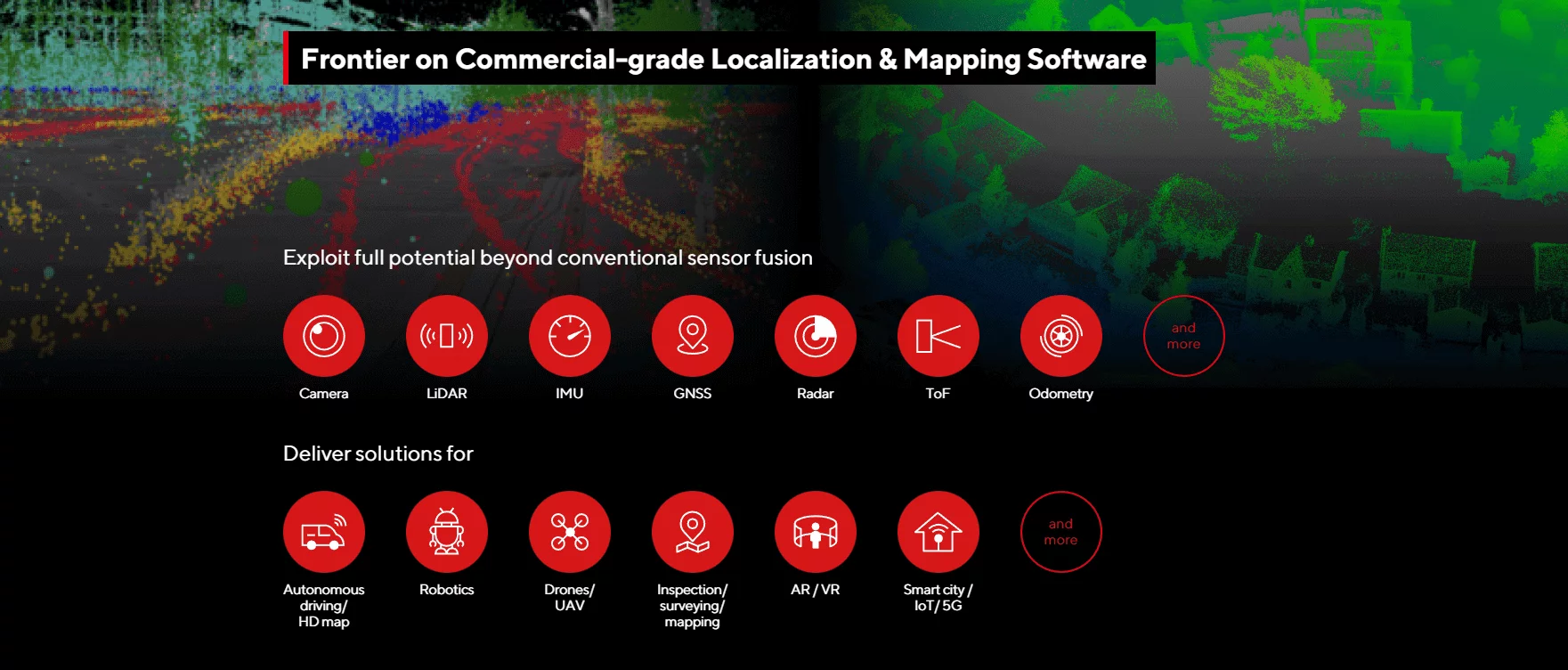
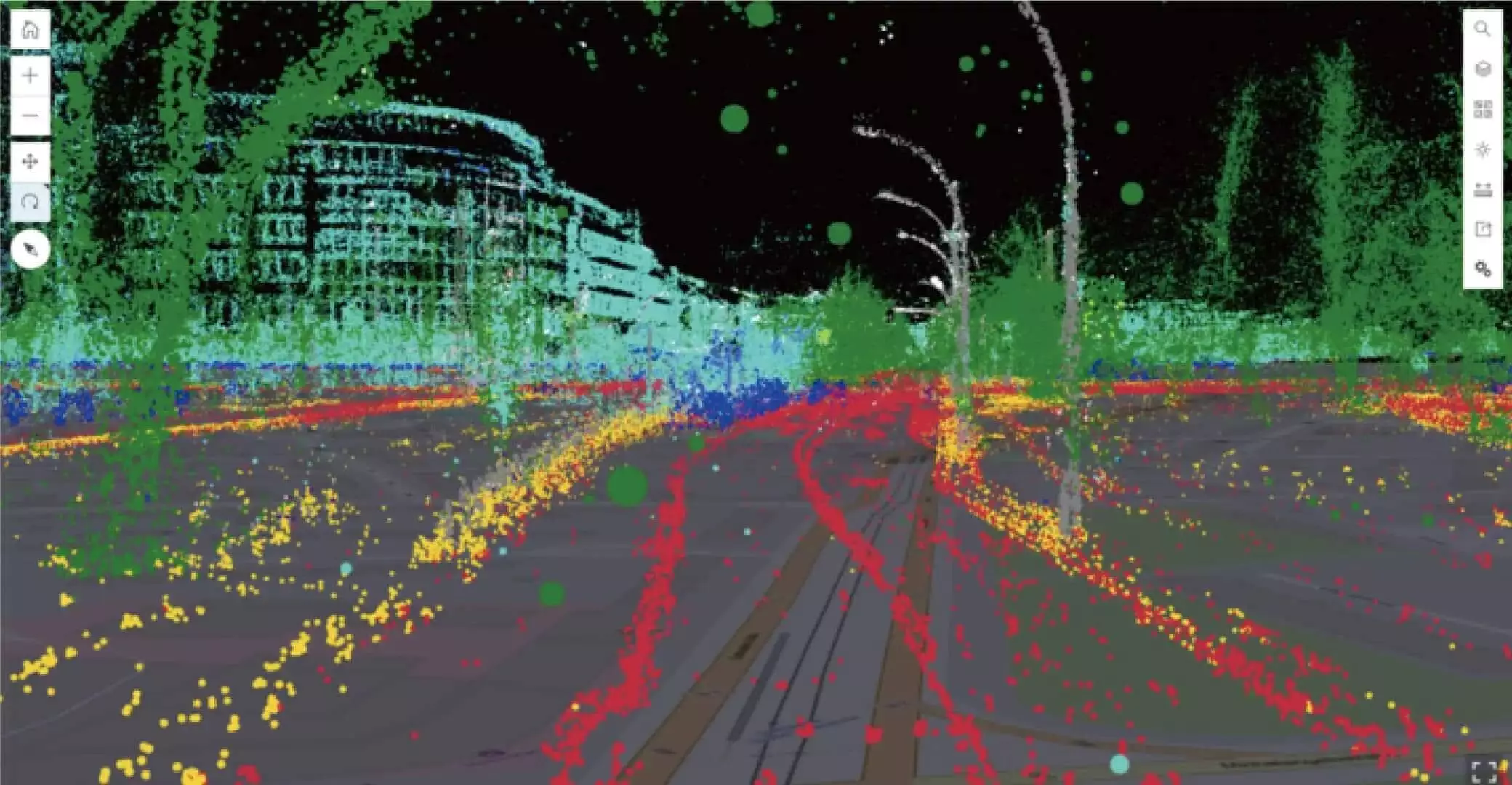

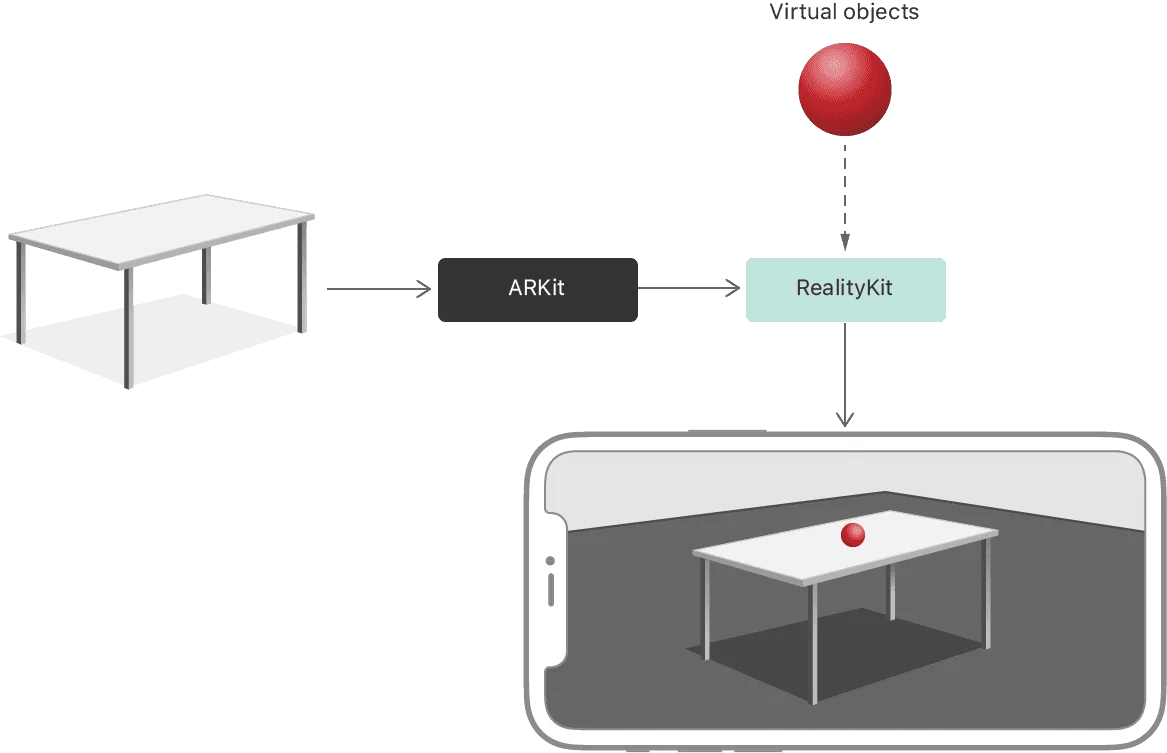
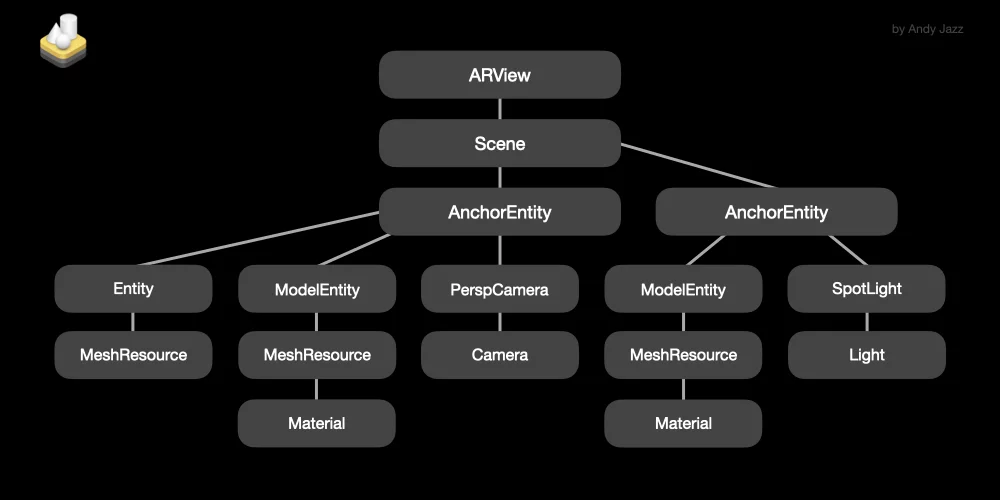
![AR In Real Estate [A Complete Guide Along With Examples]](https://www.intelivita.com/wp-content/uploads/2023/12/AR-In-Real-Estate-A-Complete-Guide-Along-With-Examples.webp)

![Augmented Reality (AR) In Remote Collaboration [Benefits]](https://www.intelivita.com/wp-content/uploads/2023/11/Augmented-Reality-AR-In-Remote-Collaboration-Benefits.webp)

